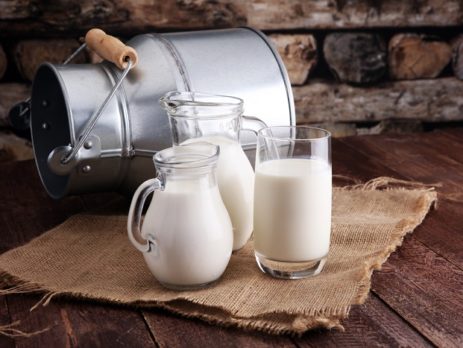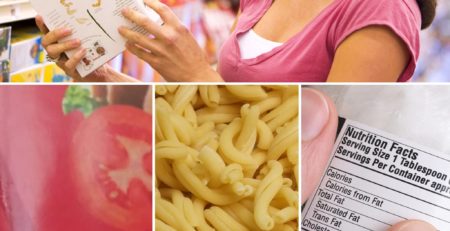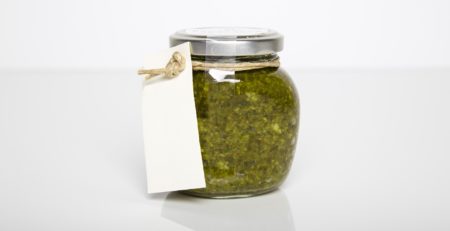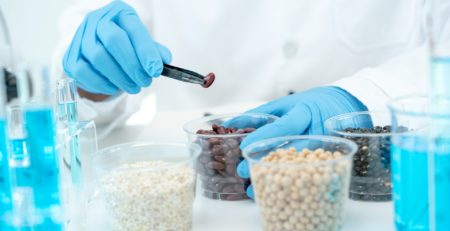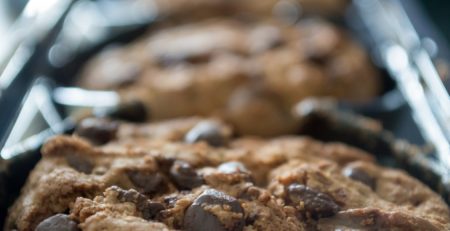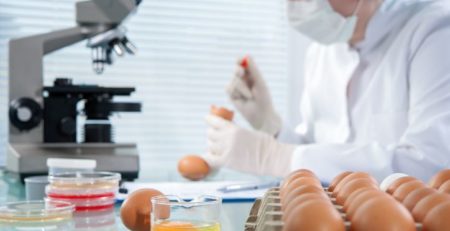Milk expiration
The “fresh” milk that the consumer can buy from the fridge can have a shelf life of about 20 days and maintain the organoleptic and sensory characteristics similar to those of fresh milk.
To better understand why we start from the definition of milk, according to the EC Regulation n. 853/2004. Raw milk is defined as “milk produced by the secretion of the mammary gland of farmed animals that has not been heated to more than 40 degrees and has not been subjected to any treatment having an equivalent effect”.
Milk is also defined as a complex mixture of components in:
• real solution (sugars, salts, water-soluble vitamins, non-protein nitrogenous substances)
• colloidal state (proteins, part of phosphates and calcium citrates)
• emulsion (lipids, fat-soluble vitamins).
Its white color is given by the casein micelles while the yellowish shades are given by the lipid fraction and by yellow-greenish pigments, the flavins.
Raw milk is not available on the market as it is forbidden to be released for consumption unless it is sold directly by the producer to the consumer in the same farm of production or through authorized vending machines on tap, with consumption specifications “after boiling”.
The chemical-physical characteristics of milk are such as to favor microbial growth, despite containing antimicrobial substances including lactoperoxidase, lactoferrin, agglutinins and lysozyme. In fact, their action lasts only a few hours from the moment of milking and therefore it is necessary to follow an adequate transformation process to ensure healthiness during the shelf life.
Therefore, “milk intended for direct human consumption must have undergone, in a company that processes milk, at least one permissible heat treatment or an authorized equivalent treatment”. (Italian Law No. 169 of 1989). This treatment aims to eliminate pathogens and reduce the microorganisms responsible for any alterations in the milk to ensure food safety and improve shelf life.
On the market we can find different types of milk:
• pasteurized milk
• fresh pasteurized milk
• high quality fresh pasteurized milk
• pasteurized microfiltered
• pasteurized at high temperature
• UHT (Ultra High Temperature).
Pasteurization is a treatment that involves the destruction of microorganisms, including pathogens, to allow the product to be stored for a limited period at refrigeration temperature.
The heat treatment is based on a quality optimization principle “time-temperature ratio” that is, by increasing the temperature the treatment time is reduced to minimize damage to the product.
Thermal damage, caused by old processing technologies such as the sterilization of milk in glass bottles, caused a significant depletion of the nutritional value with consequent non-enzymatic browning of the milk (Maillard reaction).
Three types of pasteurization are currently used in the food industry, including:
• low (LTL, Low temperature long time) at 63 ° C for 30 minutes
• high (HTST, High temperature short time) at 72 ° C for 15 seconds
• at high temperature (ESL milk, Extended Shelf life) at 80 – 135 ° C for 2-4 seconds.
The maintenance of the microbiological and organoleptic-sensorial characteristics is guaranteed by the aseptic packaging process, introduced in 1952 by the revolutionary Tetra Pack system.
Since then, new systems have been developed that can extend milk storage. These include:
• microfiltered pasteurized milk which has a shelf life of 10 days, thanks to microfiltration which effectively delays degradation processes;
• ESL pasteurized milk which has a shelf life of approximately 20 days, as it is subjected to a treatment between 80 and 135 ° C which is able to inactivate microorganisms and enzymes more markedly than fresh pasteurized milk technology.
The sterilization process, on the other hand, is defined as a heat treatment suitable to ensure the destruction of all the microorganisms present in the milk or which definitively prevents their proliferation.
Sterilization, with temperatures between 135 and 150 ° C for 1-5 seconds, therefore aims at the total destruction of microorganisms and spores in order to obtain a commercial sterility that can guarantee the preservation of the milk for about 20 weeks at temperature. environment (UHT).
The shelf life is therefore defined on the basis of the heat treatment to which the milk is subjected, giving the consumer the possibility to choose one product rather than another according to their needs.

